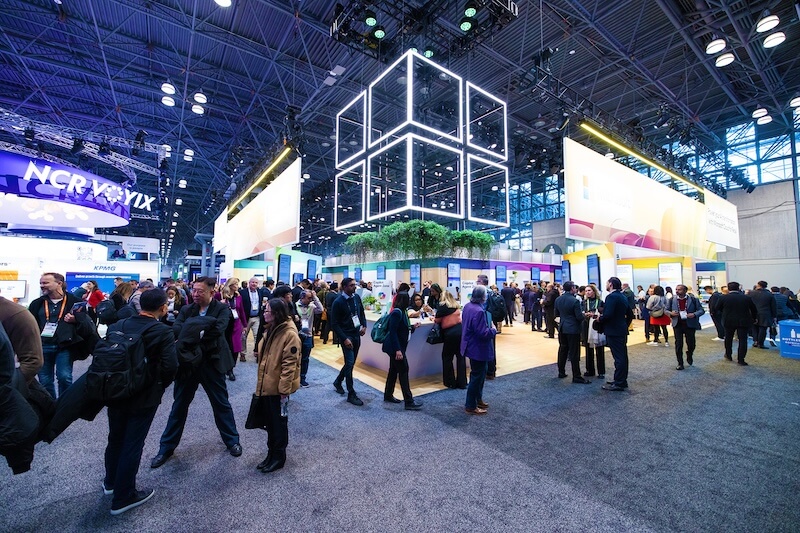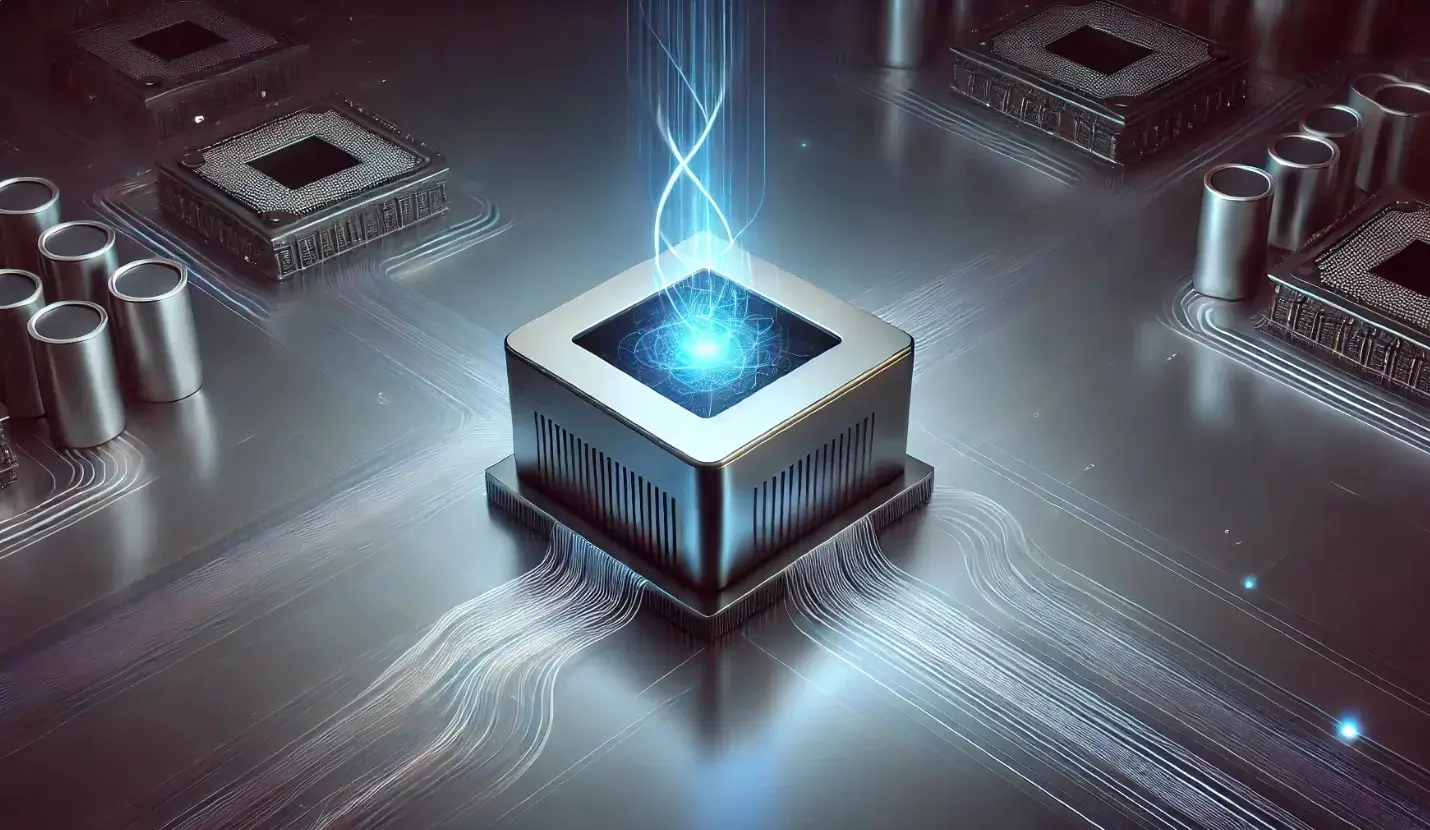The National Retail Federation (NRF) 2025 event showcased how computer vision cameras are revolutionizing the retail landscape. These advancements, driven by artificial intelligence (AI), are not just about improving security; they're about creating a more efficient, personalized, and customer-friendly shopping experience. Here are three key improvements highlighted at NRF 2025:
1. Streamlined Self-Checkout Processes:
One of the most significant advancements is the use of computer vision to enhance and ease the self-checkout experience. AI-powered cameras can visually recognize products, even without barcodes, significantly speeding up the checkout process. This "produce recognition technology," as Matthew Guiste from Zebra Technologies describes it, combines AI, computer vision, and RFID. Instead of manually searching for and typing "apple," the system can identify it as a "Granny Smith apple". Toshiba also showcased its Modular eXpansion Platform, allowing retailers to tailor self-checkout solutions to their specific needs. Furthermore, computer vision can be used to count items in express checkout lanes, ensuring customers adhere to item limits, reducing friction and improving the shopping experience. The integration of AI into self-checkout systems also allows for real-time training of cashiers and detection of issues the human eye might miss.
2. Enhanced Loss Prevention and Security:
Retailers are increasingly leveraging computer vision cameras to combat theft and enhance security. These cameras can scan footage, identify threats, and alert employees to suspicious activities or when customers require assistance. AI algorithms can analyze visual data and track behavior, helping retailers anticipate shoppers' intentions and prevent loss. For instance, loss prevention teams can search video footage using natural language; instead of manually reviewing hours of video, they can simply type "show me all clips where someone had a red backpack," and the AI will quickly identify relevant timestamps. Systems like Verkada security cameras offer network surveillance technology, while Fujitsu is using Human Motion Analytics to analyze human behaviors in stores, combining high-definition image analysis and AI. Moreover, AI can track unusual transaction patterns at point-of-sale terminals to identify and mitigate theft. Bizerba showcased its Supersmart S3 Scan & Go Loss Prevention System, which offers features such as unscanned item detection, real-time fraud alerts, and seamless checkout processes.
3. Frictionless Returns and Exchanges:
Computer vision is also transforming the returns and exchanges process, making it more customer-friendly and efficient. About 17% of retail items are returned, often creating a stress point for customers. Computer vision technology can perform automated quality checks, quickly assessing the condition of returned products and flagging any damage or wear. This helps reduce fraud by detecting anomalies like frequent returns or mismatched items. Integrated and automated systems, combining AI, radio-frequency identification (RFID), and computer vision, are streamlining the return process. This technology can also enable package-free shopping by using product recognition, further reducing waste and promoting sustainability.
In conclusion, computer vision cameras are providing significant improvements to the retail sector, as highlighted at NRF 2025. These advancements extend beyond just security to enhance customer experiences, streamline operations, and promote sustainable practices. Retailers who embrace these technologies are positioning themselves for success in an increasingly competitive and dynamic market.

















